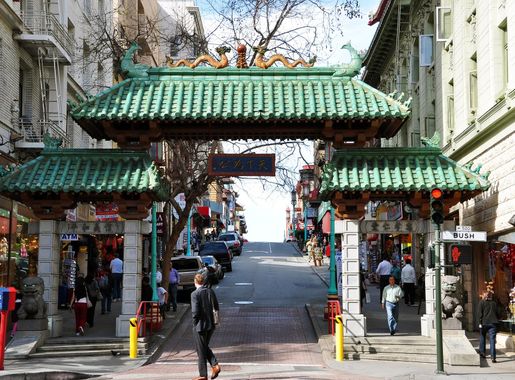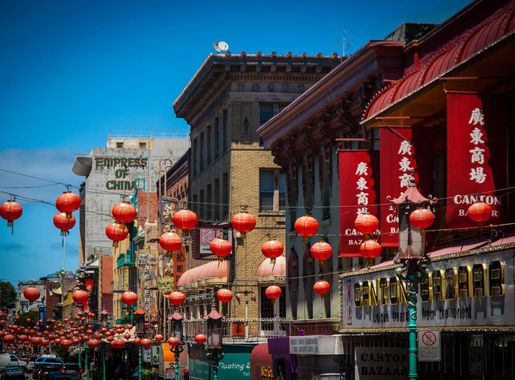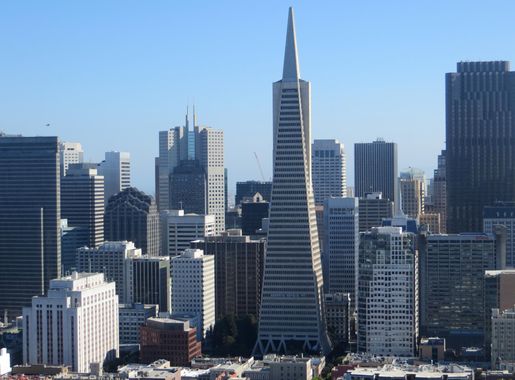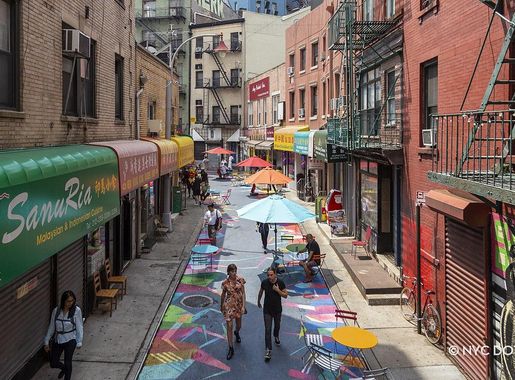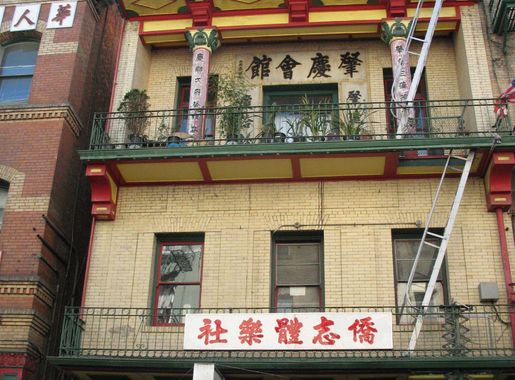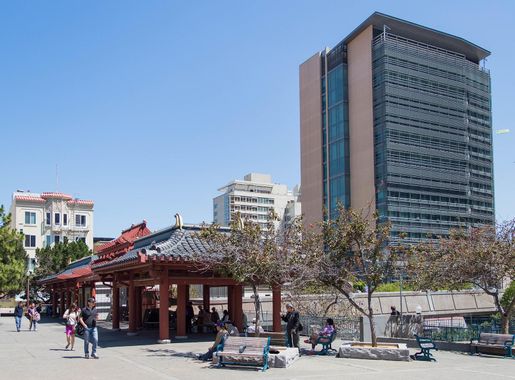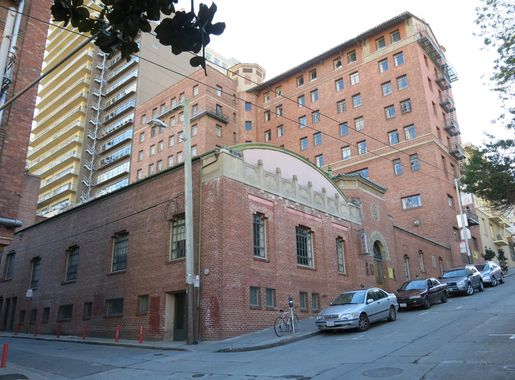
Discover the Vibrant Heart of Chinatown, San Francisco
Explore the oldest Chinatown in North America, a vibrant and historic enclave in San Francisco, filled with rich culture, delicious cuisine, and enchanting architecture.
Chinatown in San Francisco is a bustling, colorful neighborhood that offers a unique blend of history, culture, and modernity. As the oldest Chinatown in North America and the largest Chinese enclave outside Asia, it provides an immersive experience that highlights the rich heritage and vibrant community life of its residents. Visitors will be enchanted by the intricate architecture, including the iconic Dragon Gate at the southern entrance. Wander through narrow alleys and bustling streets lined with traditional shops, herbal medicine stores, and bustling markets. The area is a sensory delight, with the aroma of freshly cooked dim sum and the sight of red lanterns swaying in the breeze. Cultural enthusiasts can explore the Chinese Historical Society of America Museum and the Tin How Temple, one of the oldest Chinese temples in the United States. Food lovers will find an array of authentic eateries, offering everything from savory dumplings to sweet mooncakes. Chinatown is not just a destination; it's an unforgettable journey into a vibrant cultural tapestry.
Local tips in Chinatown
- Visit early in the morning to avoid crowds and see the neighborhood come to life.
- Don't miss the Golden Gate Fortune Cookie Factory, where you can watch fortune cookies being made.
- Bring cash as many small shops and eateries do not accept credit cards.
- Take a guided walking tour to learn about the history and hidden gems of Chinatown.
- Try the dim sum at one of the local restaurants for an authentic culinary experience.
Discover the Vibrant Heart of Chinatown, San Francisco
Chinatown in San Francisco is a bustling, colorful neighborhood that offers a unique blend of history, culture, and modernity. As the oldest Chinatown in North America and the largest Chinese enclave outside Asia, it provides an immersive experience that highlights the rich heritage and vibrant community life of its residents. Visitors will be enchanted by the intricate architecture, including the iconic Dragon Gate at the southern entrance. Wander through narrow alleys and bustling streets lined with traditional shops, herbal medicine stores, and bustling markets. The area is a sensory delight, with the aroma of freshly cooked dim sum and the sight of red lanterns swaying in the breeze. Cultural enthusiasts can explore the Chinese Historical Society of America Museum and the Tin How Temple, one of the oldest Chinese temples in the United States. Food lovers will find an array of authentic eateries, offering everything from savory dumplings to sweet mooncakes. Chinatown is not just a destination; it's an unforgettable journey into a vibrant cultural tapestry.
Iconic landmarks you can’t miss
PIER 39
Discover the excitement of PIER 39 in San Francisco, a waterfront paradise with shopping, dining, and playful sea lions, all with stunning bay views.
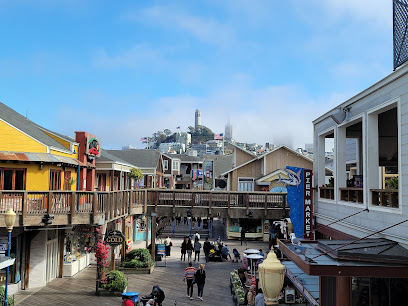
Coit Tower
Discover breathtaking views and rich history at Coit Tower, a must-visit historical landmark in San Francisco offering stunning murals and panoramic vistas.
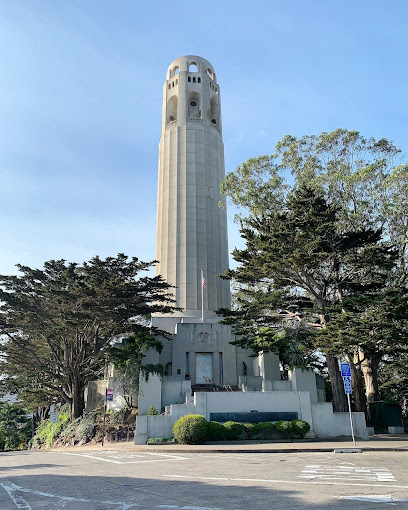
Chinatown San Francisco
Explore the rich culture, delightful cuisine, and vibrant markets of San Francisco's Chinatown, a must-visit for every traveler seeking authentic experiences.

Flood Building
Discover the Flood Building in San Francisco, a stunning Beaux-Arts landmark that blends history with modern culture at the heart of Union Square.
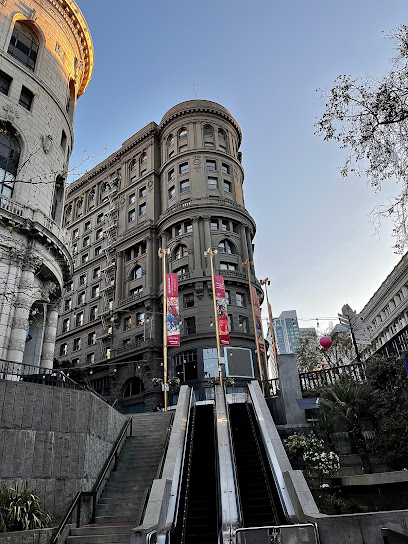
Dragon Gate Chinatown SF
Explore the iconic Dragon Gate, a breathtaking entrance to San Francisco's historic Chinatown, rich in culture and vibrant traditions.

Chinatown Landmark
Experience the vibrant culture, delicious cuisine, and rich history at Chinatown Landmark, a must-visit attraction in San Francisco's iconic Chinatown.

Sentinel Building
Explore the Sentinel Building, a historical landmark in San Francisco's North Beach, where culture, creativity, and iconic architecture converge.
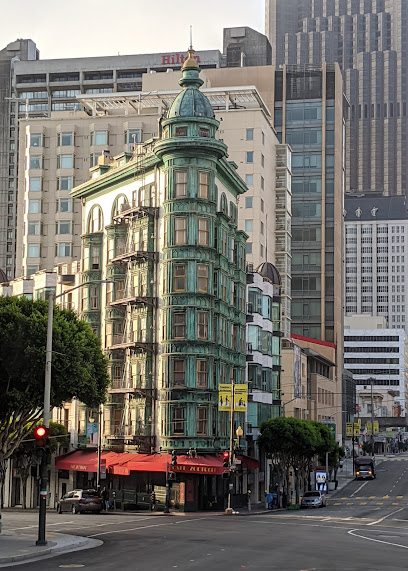
Stockton Street Tunnel (1914)
Explore the historic Stockton Street Tunnel, a charming connection between Union Square and Chinatown, rich in San Francisco's architectural heritage.
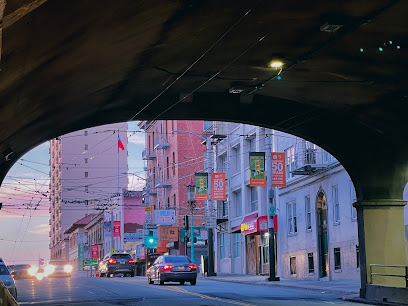
Chinatown view point
Discover San Francisco's Chinatown View Point, where culture, cuisine, and stunning vistas converge in a historic neighborhood.
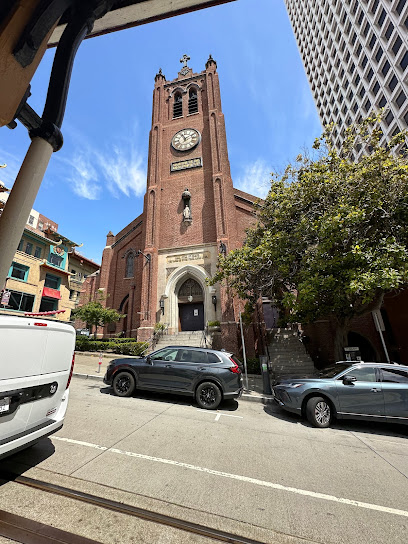
Dr. Sun Yat Sen Statue
Explore the Dr. Sun Yat Sen Statue in Chinatown, a landmark celebrating the legacy of modern China's founding father amid vibrant San Francisco culture.

Viewpoint
Discover the stunning vistas and rich history at San Francisco's iconic Viewpoint, a must-see landmark in the heart of Chinatown.
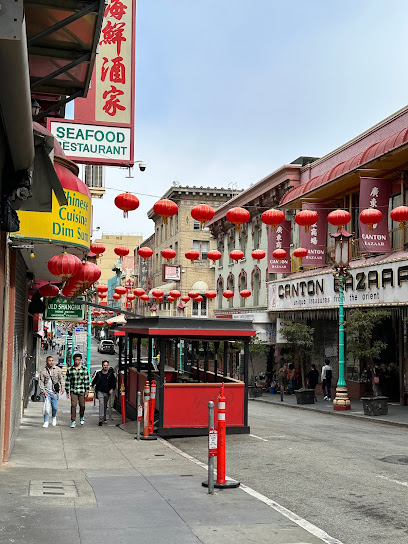
California Theatre
Explore the California Theatre, a historic landmark in Chinatown, showcasing the architectural beauty and vibrant culture of San Francisco.
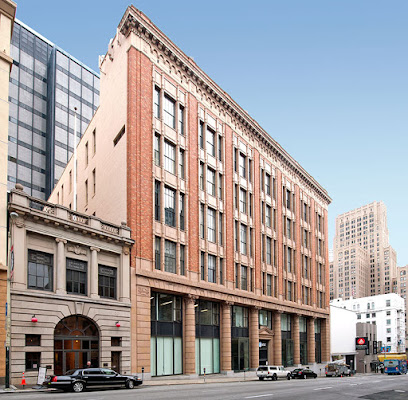
California Historical Landmark 81: Landing Place of Captain J. B. Montgomery
Explore the historic landing place of Captain J. B. Montgomery, a key site in California’s maritime history nestled in San Francisco’s Financial District.

Chinatown Flags Street
Explore the vibrant cultural heritage of Chinatown Flags Street, a must-visit landmark in San Francisco filled with history and colorful traditions.
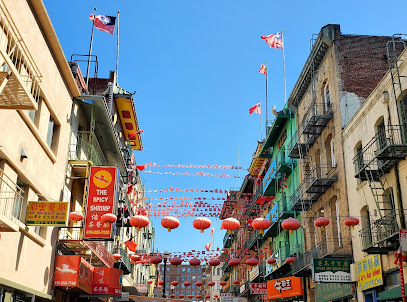
Shortest Street in California
Explore the unique Balance Street, California's shortest street, nestled in the historic Jackson Square of San Francisco, offering charm and history.

Unmissable attractions to see
Chinatown San Francisco
Discover the rich culture and vibrant flavors of Chinatown in San Francisco, an iconic destination for food lovers and cultural enthusiasts alike.

Golden Gate Fortune Cookie Factory
Explore the Golden Gate Fortune Cookie Factory in San Francisco's Chinatown and savor the taste of freshly baked fortune cookies steeped in rich cultural history.
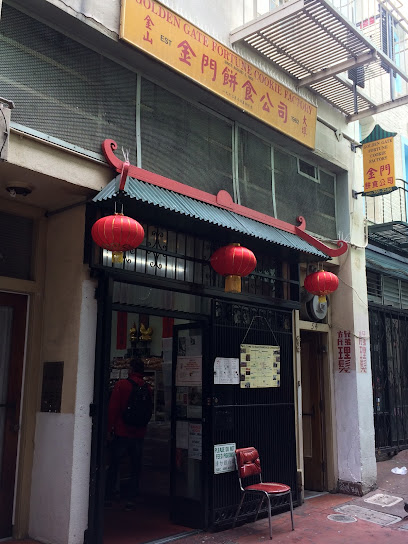
Dragon Gate Chinatown SF
Experience the vibrant culture and rich history at the Dragon Gate, the iconic entrance to San Francisco's bustling Chinatown.
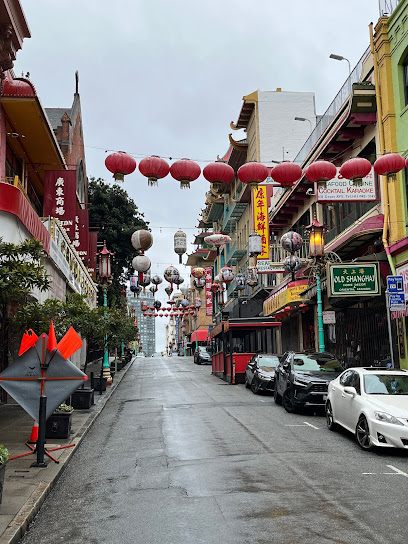
Chinatown Landmark
Experience the vibrant culture and culinary delights at Chinatown Landmark in San Francisco, a must-visit tourist attraction filled with history and flavor.
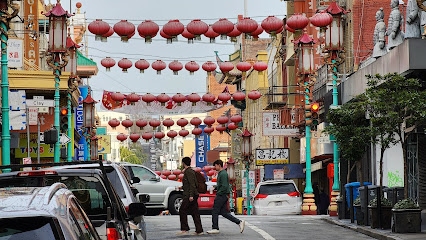
Chinatown view point
Experience the vibrant culture and stunning views at the Chinatown Viewpoint, a must-visit destination in San Francisco's historic Chinatown.
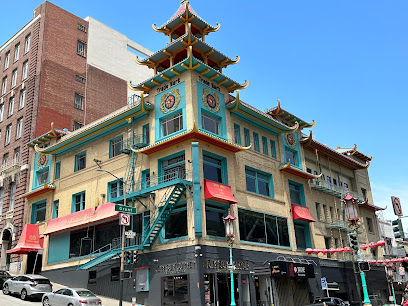
Joice Street Steps
Experience the enchanting Joice Street Steps, a hidden staircase in Nob Hill, San Francisco, adorned with nature and artistic flair, perfect for a peaceful retreat.

Ross Alley Lanterns
Discover the enchanting glow of colorful lanterns in the heart of San Francisco's Chinatown, a must-see cultural gem for every tourist.
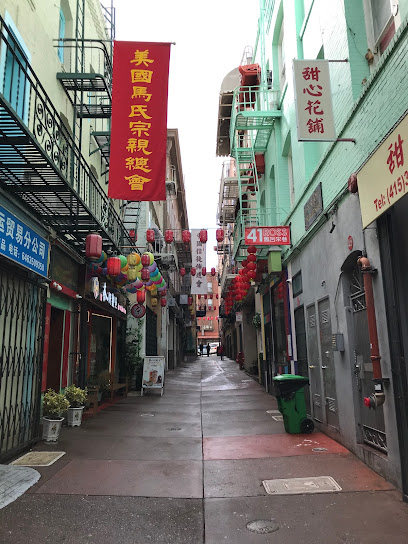
Hang Ah Lanterns
Explore the vibrant artistry of Hang Ah Lanterns, a cultural gem in San Francisco's Chinatown, where history and beauty intertwine.
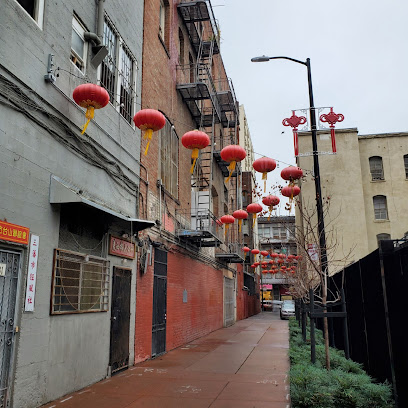
Sing Chong Building
Discover the rich history of the Sing Chong Building, a landmark in San Francisco's Chinatown showcasing cultural heritage and architectural beauty.
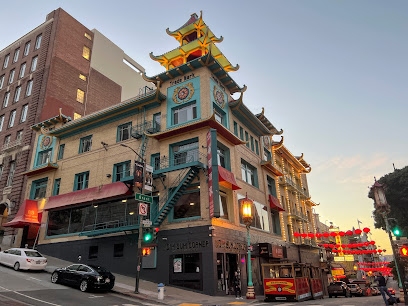
Essential places to dine
House of Nanking
Discover authentic Chinese flavors at House of Nanking in San Francisco's vibrant Chinatown—a family-friendly dining experience not to be missed!
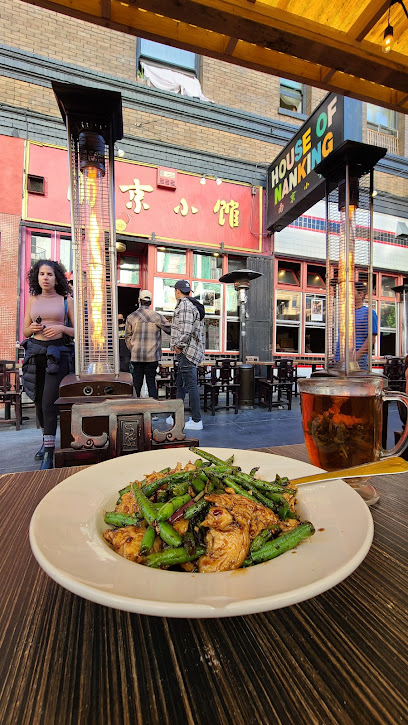
Z & Y Restaurant
Experience authentic Chinese flavors at Z & Y Restaurant in San Francisco's vibrant Chinatown—delicious dishes await every food lover.

Great Eastern Restaurant
Experience authentic Chinese cuisine at Great Eastern Restaurant in San Francisco's vibrant Chinatown—home to exquisite dim sum and fresh seafood delights.

City View Restaurant
Experience authentic Cantonese cuisine at City View Restaurant in San Francisco's vibrant Chinatown with stunning city views.

Mister Jiu's
Discover Mister Jiu's in Chinatown: Where traditional Chinese flavors meet modern culinary artistry in an unforgettable dining experience.

Begoni Bistro
Experience authentic Chinese cuisine at Begoni Bistro in San Francisco's historic Chinatown - a delightful culinary journey awaits!
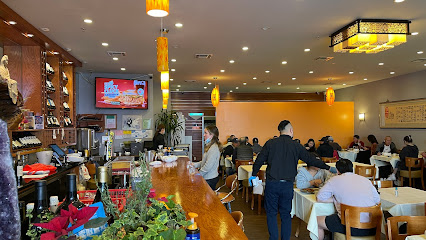
Bund Shanghai Restaurant
Experience authentic Shanghainese cuisine in San Francisco's vibrant Chinatown at Bund Shanghai Restaurant.
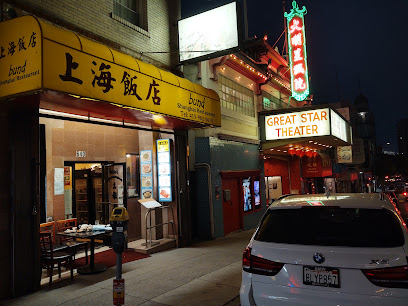
Empress by Boon
Experience authentic Cantonese cuisine at Empress by Boon in San Francisco's vibrant Chinatown—where tradition meets culinary excellence.
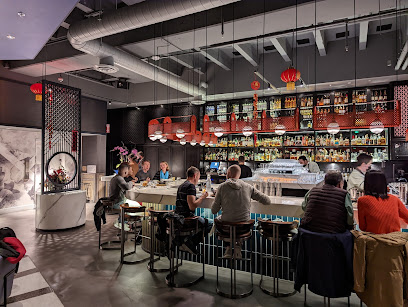
FUSION DUMPLING
Discover authentic flavors at Fusion Dumpling in San Francisco's Chinatown—your destination for exquisite dim sum, hot pot, and noodle dishes.
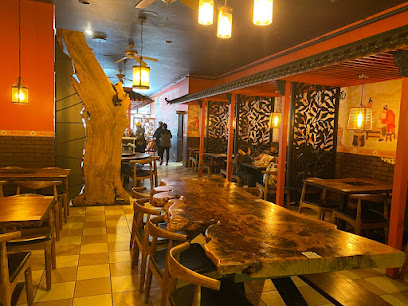
New Lun Ting Cafe
Discover New Lun Ting Cafe: A Hidden Gem in San Francisco's Chinatown Offering Authentic Chinese Cuisine at Affordable Prices.
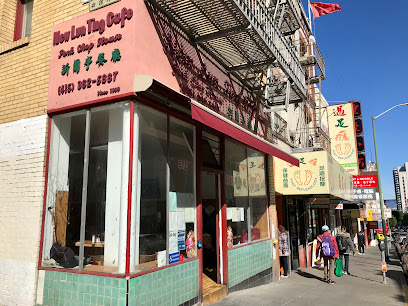
Markets, malls and hidden boutiques
Canton Bazaar
Discover unique treasures at Canton Bazaar, a vibrant gift shop in San Francisco's Chinatown, perfect for authentic souvenirs and cultural finds.
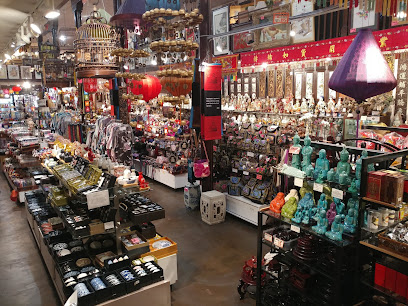
Peking Bazaar
Explore the charm of Chinatown with unique gifts and authentic souvenirs at Peking Bazaar, a must-visit destination in San Francisco.
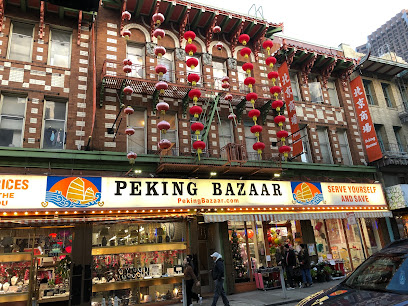
Souvenir Shop
Discover unique treasures in Chinatown's Souvenir Shop, offering a blend of traditional and modern keepsakes for every traveler.
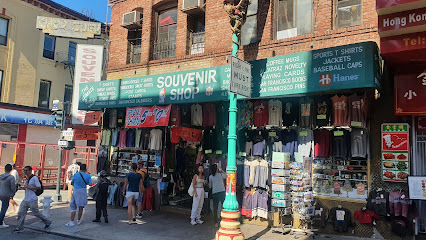
Jing Ying Gift Shop inc
Explore Jing Ying Gift Shop in San Francisco's Chinatown for unique gifts and authentic souvenirs that capture the essence of Chinese culture.
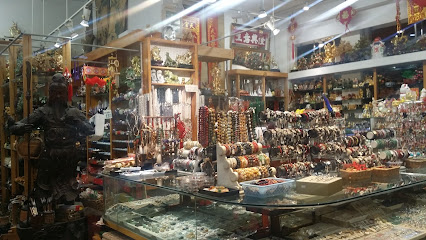
Butterfly's Gift Shop Inc
Explore Butterfly's Gift Shop Inc in San Francisco's Chinatown for unique gifts and unforgettable souvenirs that reflect the city's vibrant culture.
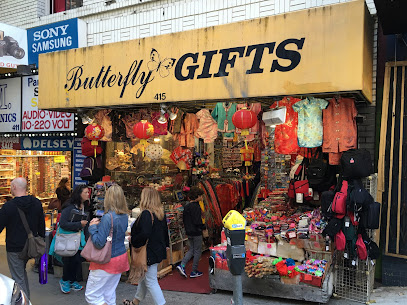
Oriental Treasures San Francisco
Explore a treasure trove of Asian artifacts and unique gifts at Oriental Treasures in San Francisco's enchanting Chinatown.

China Station
Explore the authentic treasures of Chinatown at China Station, your go-to gift shop for traditional crafts and unique home goods.
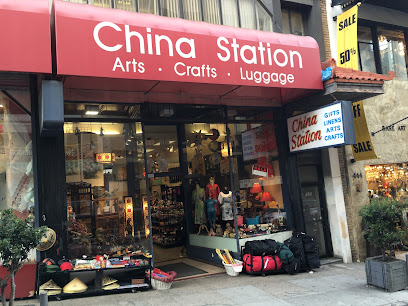
Fashion House & Gifts
Discover unique gifts and traditional treasures at Fashion House & Gifts in Chinatown, San Francisco, where culture meets creativity.
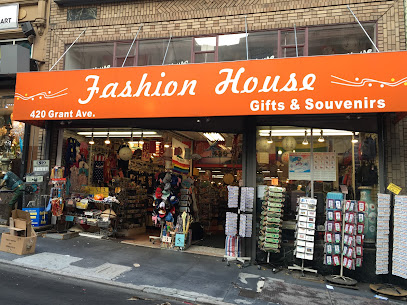
Shangri La Gifts
Explore Shangri La Gifts in San Francisco's Chinatown for unique treasures and a taste of local craftsmanship that captures the city's vibrant culture.
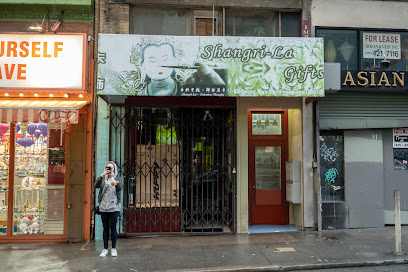
Essential bars & hidden hideouts
Comstock Saloon
Comstock Saloon: Where Historic Charm Meets Craft Cocktails in San Francisco's Chinatown.
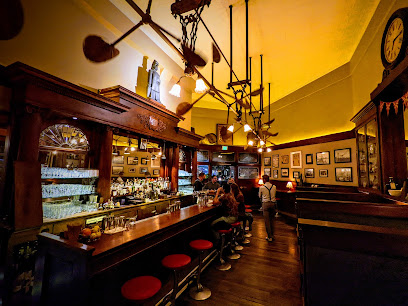
Li Po Cocktail Lounge
Discover the historic Li Po Cocktail Lounge in San Francisco's Chinatown, where exquisite cocktails and timeless charm await every visitor.
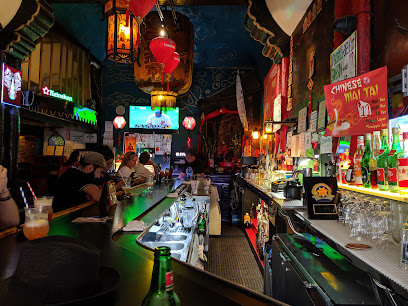
Buddha Lounge
Discover the serene ambiance of Buddha Lounge in San Francisco's Chinatown, where eclectic decor meets a diverse drink selection.

Mr Bing's
Experience the vibrant cocktail culture at Mr Bing's, a must-visit bar in the heart of San Francisco's Chinatown.
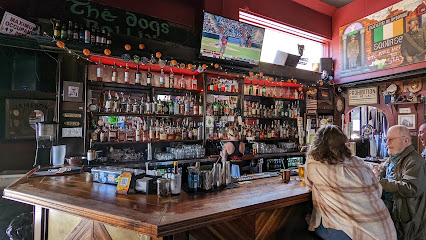
Bow Bow Cocktail Lounge
Discover Bow Bow Cocktail Lounge in Chinatown, where creative cocktails meet a cozy atmosphere for an unforgettable night out in San Francisco.

Red's Place
Discover Red's Place in San Francisco's Chinatown - a cocktail bar with a welcoming vibe and innovative drinks to elevate your nightlife experience.
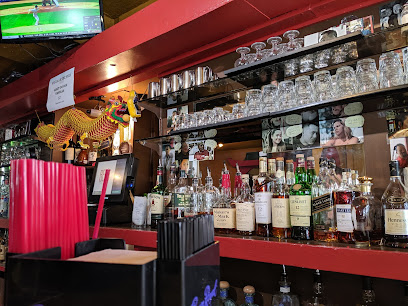
Moongate Lounge
Discover the vibrant atmosphere of Moongate Lounge in San Francisco's Chinatown, where cocktails and Chinese cuisine blend seamlessly for a unique experience.
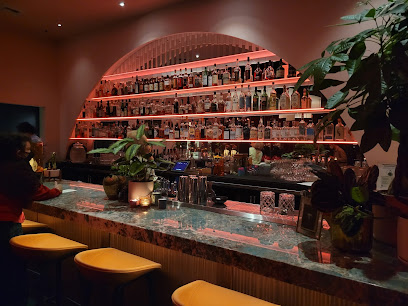
718
Discover the unique flavors and vibrant atmosphere at 718 Lounge in San Francisco's historic Chinatown, where craft cocktails and Asian cuisine meet.
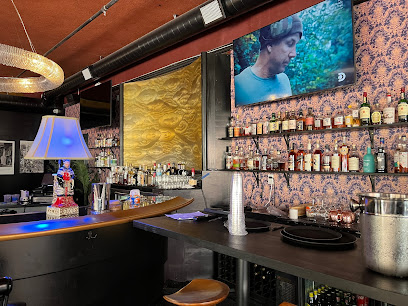
Lion's Den Lounge and Bar
Discover the pulse of San Francisco's nightlife at Lion's Den Lounge and Bar, where live music and DJ services create unforgettable evenings.
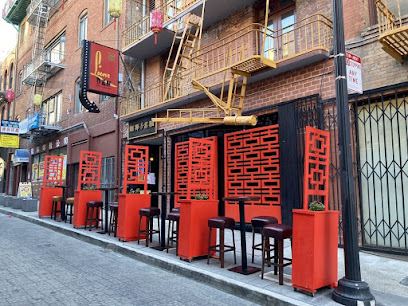
CHI Lounge
Discover CHI Lounge in San Francisco's Chinatown for an unforgettable night of live music, dancing, and vibrant cocktails.
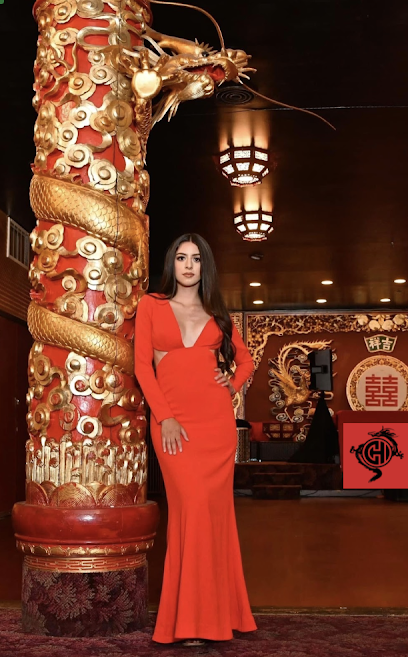
Local Phrases
-
- Hello你好
[Nǐ hǎo] - Goodbye再見
[Zài jiàn] - Yes是
[Shì] - No不
[Bù] - Please/You're welcome請
[Qǐng] - Thank you謝謝
[Xièxiè] - Excuse me/Sorry對不起
[Duìbùqǐ] - How are you?你好嗎?
[Nǐ hǎo ma?] - Fine. And you?很好。你呢?
[Hěn hǎo. Nǐ ne?] - Do you speak English?你會說英文嗎?
[Nǐ huì shuō Yīngwén ma?] - I don't understand我不懂
[Wǒ bù dǒng]
- Hello你好
-
- I'd like to see the menu, please請給我看菜單
[Qǐng gěi wǒ kàn càidān] - I don't eat meat我不吃肉
[Wǒ bù chī ròu] - Cheers!乾杯!
[Gānbēi!] - I would like to pay, please我想付款
[Wǒ xiǎng fùkuǎn]
- I'd like to see the menu, please請給我看菜單
-
- Help!救命!
[Jiùmìng!] - Go away!走開!
[Zǒu kāi!] - Call the Police!報警!
[Bàojǐng!] - Call a doctor!請叫醫生!
[Qǐng jiào yīshēng!] - I'm lost我迷路了
[Wǒ mílùle] - I'm ill我生病了
[Wǒ shēngbìngle]
- Help!救命!
-
- I'd like to buy...我想買...
[Wǒ xiǎng mǎi...] - I'm just looking我只是看看
[Wǒ zhǐ shì kàn kàn] - How much is it?這個多少錢?
[Zhège duōshǎo qián?] - That's too expensive這太貴了
[Zhè tài guìle] - Can you lower the price?可以便宜一點嗎?
[Kěyǐ piányi yīdiǎn ma?]
- I'd like to buy...我想買...
-
- What time is it?現在幾點?
[Xiànzài jǐ diǎn?] - It's one o'clock一點鐘
[Yī diǎn zhōng] - Half past (10)十點半
[Shí diǎn bàn] - Morning早上
[Zǎoshang] - Afternoon下午
[Xiàwǔ] - Evening晚上
[Wǎnshang] - Yesterday昨天
[Zuótiān] - Today今天
[Jīntiān] - Tomorrow明天
[Míngtiān] - 1一
[Yī] - 2二
[Èr] - 3三
[Sān] - 4四
[Sì] - 5五
[Wǔ] - 6六
[Liù] - 7七
[Qī] - 8八
[Bā] - 9九
[Jiǔ] - 10十
[Shí]
- What time is it?現在幾點?
-
- Where's a/the...?......在哪裡?
[......Zài nǎlǐ?] - What's the address?地址是什麼?
[Dìzhǐ shì shénme?] - Can you show me (on the map)?你能給我看地圖嗎?
[Nǐ néng gěi wǒ kàn dìtú ma?] - When's the next (bus)?下一班......什麼時候?
[Xià yī bān......Shénme shíhòu?] - A ticket (to ....)一張車票(去......)
[Yī zhāng chēpiào (qù......)]
- Where's a/the...?......在哪裡?
History of Chinatown
-
The roots of San Francisco's Chinatown can be traced back to the mid-19th century during the California Gold Rush. Chinese immigrants began arriving in significant numbers around 1848, seeking fortune and opportunities. They primarily settled in the area that would become Chinatown, forming tight-knit communities that provided support and cultural continuity amidst the challenges they faced.
-
By the 1850s, Chinatown had emerged as a distinct neighborhood. The influx of Chinese immigrants led to the establishment of businesses, social organizations, and temples. The Chinese Consolidated Benevolent Association was formed in 1880 to advocate for the rights of Chinese residents and to provide social services, marking the beginning of organized community leadership within Chinatown.
-
The late 19th century witnessed a rise in anti-Chinese sentiments, fueled by economic competition and racial prejudice. This culminated in the Chinese Exclusion Act of 1882, which severely restricted Chinese immigration and denied citizenship to Chinese residents. Chinatown became a focal point of racial tension, yet it also became a symbol of resilience for the Chinese community.
-
In April 1906, a devastating earthquake and subsequent fires destroyed much of San Francisco, including large parts of Chinatown. The community rallied to rebuild, and by 1907, Chinatown was reconstructed with a distinct architectural style that featured traditional Chinese motifs. This reconstruction laid the groundwork for the vibrant cultural identity that Chinatown represents today.
-
Post-World War II, Chinatown began to flourish as a cultural hub, attracting tourists and celebrating its heritage. The establishment of the annual Chinese New Year Parade, which began in the 1950s, showcased the community's rich traditions and cultural practices. Today, Chinatown is one of the most visited neighborhoods in San Francisco, celebrated for its history, cuisine, and cultural events.
Chinatown Essentials
-
Chinatown is centrally located in San Francisco, easily accessible from various neighborhoods. If you're coming from Union Square, you can walk to Chinatown in about 15 minutes. Alternatively, you can take the Powell-Hyde cable car or the Muni buses (lines 8, 30, or 49) that stop near the entrance. If you are coming from the Ferry Building, consider a leisurely walk along the Embarcadero, which takes around 25 minutes.
-
Chinatown is a compact neighborhood, making walking the best way to explore its vibrant streets. The area is known for its steep hills, so wear comfortable shoes. Public transportation options include Muni buses and the historic cable cars, which can be used to reach the outer edges of the neighborhood. Biking is less common due to the hills, but bike-sharing programs are available, and there are bike lanes on main streets.
-
Chinatown is generally safe for tourists, but it is advisable to remain vigilant, especially at night. Areas around the outskirts may have higher crime rates, so avoid wandering into less populated streets after dark. Keep your belongings secure and be cautious of pickpockets in crowded areas, particularly during festivals and events.
-
In case of an emergency, dial 911 for police, fire, or medical assistance. The nearest hospitals include the Chinese Hospital and Zuckerberg San Francisco General Hospital. Familiarize yourself with the location of police stations and urgent care centers. Always have a list of important phone numbers handy, including your hotel and local emergency contacts.
-
Fashion: Do wear comfortable, casual clothing suitable for walking. Don’t wear overly revealing clothes, especially when visiting religious sites. Religion: Do show respect when entering temples and other religious places; cover your shoulders and knees. Public Transport: Do be polite and give up your seat for those in need. Don’t eat or drink on public transport. Greetings: Do greet shopkeepers and locals with a friendly smile or nod. Don’t be overly loud or disruptive. Eating & Drinking: Do try local delicacies and be open to new experiences. Don’t waste food; it is considered disrespectful.
-
To experience Chinatown like a local, explore the side streets and alleys where you can find hidden gems like small herbal shops and tea houses. Visit the Chinatown Historic District and take part in a guided tour to learn about the rich history. Engage with local vendors at the markets, and don't hesitate to ask for recommendations. Try to attend cultural events if possible, as these provide a deeper insight into the community's traditions.
Trending Landmarks in Chinatown
-
PIER 39
-
Coit Tower
-
Chinatown San Francisco
-
Flood Building
-
Dragon Gate Chinatown SF
-
Chinatown Landmark
-
Sentinel Building
-
Stockton Street Tunnel (1914)
-
Chinatown view point
-
Dr. Sun Yat Sen Statue
-
Viewpoint
-
California Theatre
-
California Historical Landmark 81: Landing Place of Captain J. B. Montgomery
-
Chinatown Flags Street
-
Shortest Street in California
Nearby Cities to Chinatown
-
Things To Do in Daly City
-
Things To Do in Oakland
-
Things To Do in Berkeley
-
Things To Do in San Leandro
-
Things To Do in San Mateo
-
Things To Do in San Lorenzo
-
Things To Do in Castro Valley
-
Things To Do in Hayward
-
Things To Do in Walnut Creek
-
Things To Do in Martinez
-
Things To Do in Danville
-
Things To Do in Redwood City
-
Things To Do in Concord
-
Things To Do in Union City
-
Things To Do in San Ramon

